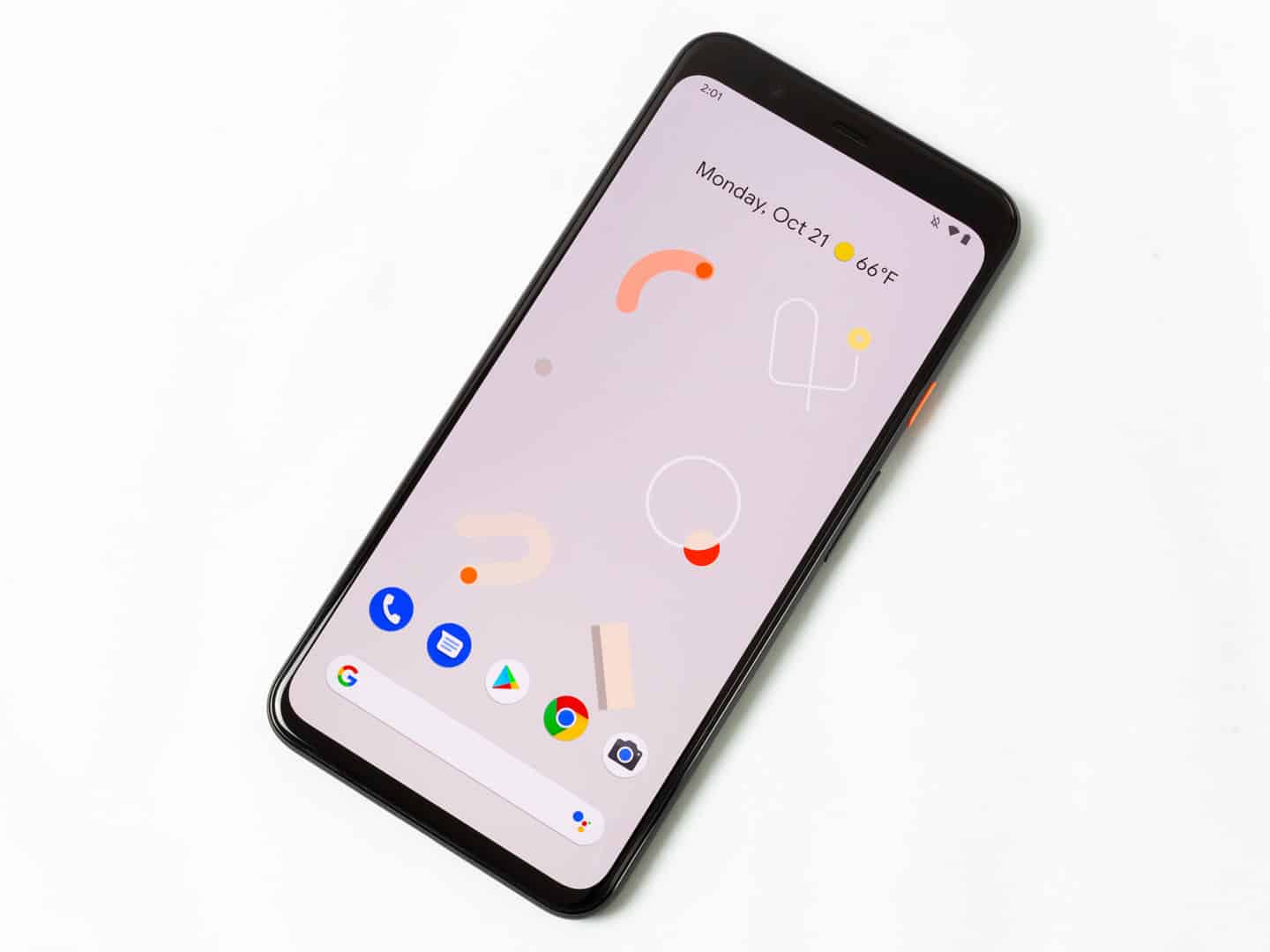A report from The Information (subscription required) details a big shakeup at Google’s Pixel team, lead by former Motorola executive Rick Osterloh. Following the poor reception of the Pixel 4 and “rare internal criticism” of the phone, two top executives left the Pixel team.
Pixel general manager Mario Queiroz and “the mastermind behind Google’s Pixel camera,” Marc Levoy, have both left the Pixel team in the past year. Both Queiroz and Levoy have been visible members of the Pixel team at launch events, where they usually give lengthy presentations about the new features. Levoy’s departure in particular is cause for concern, since the Pixel’s camera has been one of the major bright spots of the phone line.
The Pixel 4 has not been a huge success. It has sold less than the Pixel 3 and Pixel 3a in its first two quarters. Osterloh was not confident about the device in the lead-up to launch, either. The report says that “ahead of the [Pixel 4] October launch in New York,” Osterloh called an all-hands meeting and shared his misgivings about the phone. He reportedly “did not agree with some of the decisions made about the phone” and that “in particular, he was disappointed in its battery power.” Osterloh runs the Pixel team, so this reporting gives some insight into his management style. For a Steve Jobs type, approving these kinds of broad directions would be a big part of his day-to-day decision making. Osterloh, apparently, is more of a hands-off delegator.
The report says that, following “sluggish sales and tepid reviews” for the Pixel 4, “the company’s hardware division needs to maintain favor and funding as Google’s top brass look to rein in costs because of a recent slowdown in advertising revenue.” Seeing Google Hardware in the same sentence as Google’s cost-cutting efforts is a bit scary—Google has been aggressively killing products that don’t regularly pull in millions of users, and it’s hard to make an argument that the Pixel line has been doing well or is even getting better over its four years of existence. We’ve already seen some branches of Google Hardware get the ax; Osterloh has admitted that the team quit the tablet business after poor performance from the Pixel Slate.
Right now, all eyes are on the midrange Pixel 4a, which should launch next month. As a cheaper phone, the Pixel 3a was a good seller as far as Pixel phones go, but it was only Google’s first midrange phone after years of resisting the idea with the claim that “Pixel stays premium” in 2017. For years, the midrange market was dead, and Google could have had it mostly to itself. In 2020, though, the Pixel 4a will have to do business in a suddenly hyper-competitive midrange market thanks to the launch of the new iPhone SE.
With regards to the future, the Pixel team isn’t exactly standing still. A recent report from Axios claims that Google is working on its own main SoC for a future Pixel phone that could hit the market “as soon as next year,” which would mean the Pixel 6. Google has been slowly adding more and more of its own hardware to the Pixel line like the Titan M security chip, the Pixel Visual Core, and the Project Soli chip in the Pixel 4, but none of this custom hardware has resulted in a major, tangible advantage over its competitors.

